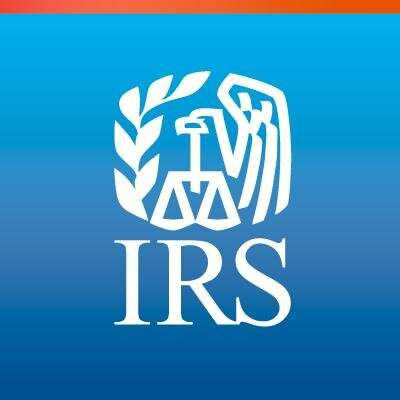
IRS
WASHINGTON — As the tax deadline draws near, the Internal Revenue Service reminds taxpayers who need more time to file that getting an extension is quick and easy. An extension gives taxpayers an automatic six more months – until Oct. 16 this year – to file their tax return.
One of the easiest ways to get an extension is by using the IRS Free File program.
While an extension allows for extra time to gather, prepare and file paperwork, it's important to remember that an extension of time to file taxes is not an extension of time to pay.
Taxpayers who owe taxes should pay their entire obligation, or as much as they can, by the normal deadline to avoid penalties and interest. The deadline this year is April 18 because the regular date of April 15 falls on a weekend, followed by a holiday in the District of Columbia.
Use IRS Free File to get an extension online
A quick and easy way to get an extension is through IRS Free File on IRS.gov. All individual tax filers, regardless of income, can electronically request an extension on Form 4868PDF by using the IRS Free File program partner software on IRS.gov. To get the extension, taxpayers must estimate their tax liability on this form and file it by April 18.
Get an extension when making a payment
Other fast, free and easy ways to get an extension include using IRS Direct Pay, the Electronic Federal Tax Payment System or by paying with a credit or debit card or digital wallet. There's no need to file a separate Form 4868 extension request when making an electronic payment and indicating it's for an extension. The IRS will automatically count it as an extension.
Important reminders
The IRS reminds taxpayers that payments are still due by the original deadline even if they request an extension of time to file a tax return. Taxpayers should file even if they can't pay the full amount.
By filing either a return on time or requesting an extension by the April 18 filing deadline, they'll avoid the late-filing penalty, which can be 10 times as costly as the penalty for not paying.
Taxpayers who pay as much as they can by the due date, reduce the overall amount subject to penalty and interest charges. The interest rate for an individual's unpaid taxes is currently 7%, compounded daily. The late-filing penalty is generally 5% per month and the late-payment penalty is normally 0.5% per month, both of which max out at 25%.
The IRS will work with taxpayers who cannot pay the full amount of tax they owe. Other options to pay, such as getting a loan or paying by credit card, may help resolve a tax debt. Most people can set up a payment plan on IRS.gov to pay off their balance over time.
Some taxpayers get automatic extensions
Certain eligible taxpayers get more time to file without having to ask for extensions:
- U.S. citizens and resident aliens who live and work outside of the United States and Puerto Rico get an automatic two-month extension to file their tax returns. They have until June 15 to file. However, tax payments are still due April 18 or interest will be charged.
- Members of the military on duty outside the United States and Puerto Rico also receive an automatic two-month extension to file. Those serving in combat zones have up to 180 days after they leave the combat zone to file returns and pay any taxes due. Details are available in Publication 3, Armed Forces' Tax GuidePDF.
- When the U.S. president makes a disaster area declaration, the IRS can postpone certain taxpayer deadlines for residents and businesses in the affected area. Taxpayers in certain disaster areas do not need to submit an extension electronically or on paper. People can find information on the most recent tax relief for disaster situations on the Extension of Time To File Your Tax Return page.



